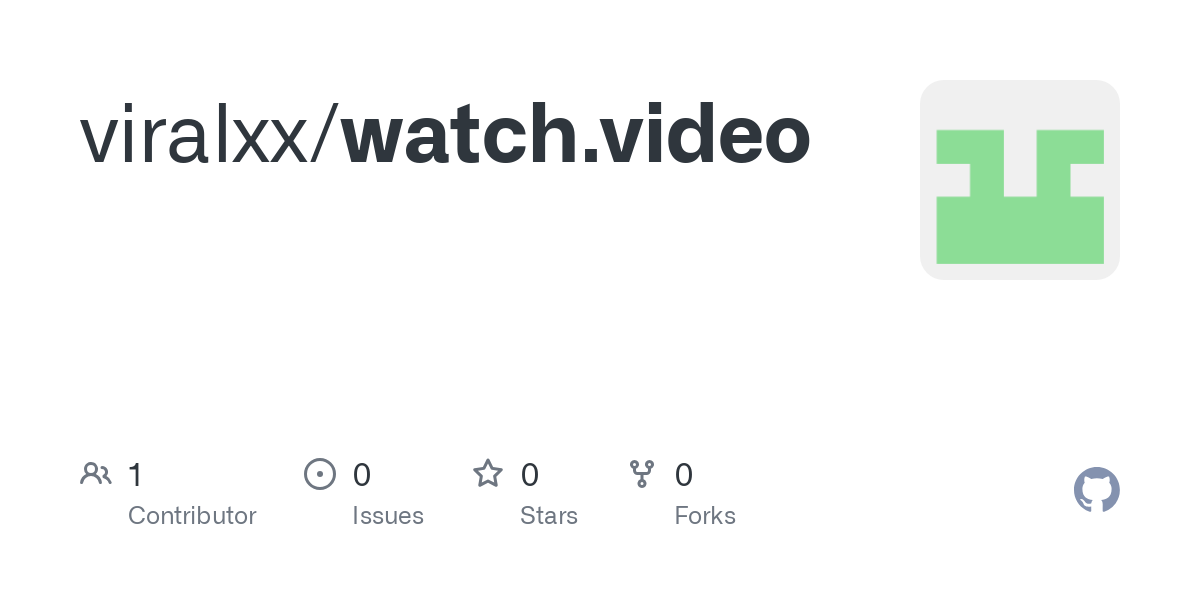Cattiiieeen Leak

The Cattiiieeen leak, a recent event that has shaken the cybersecurity world, has revealed sensitive data and brought to light the importance of robust security measures. This incident serves as a stark reminder of the potential risks organizations face in an increasingly digital landscape. As we delve into the details of this breach, we aim to uncover the implications, explore the lessons learned, and discuss strategies to enhance data protection moving forward.
Unraveling the Cattiiieeen Leak: A Comprehensive Analysis

The Cattiiieeen leak, attributed to a sophisticated hacking group, has exposed a vast amount of confidential information belonging to leading technology companies. The breach, which occurred over an extended period, remained undetected until recently, highlighting the need for continuous monitoring and advanced security protocols.
The Impact and Scope of the Leak
The consequences of the Cattiiieeen leak are far-reaching. It has affected multiple industries, including software development, data analytics, and cloud computing. The compromised data includes sensitive intellectual property, source codes, and proprietary algorithms, posing a significant threat to the affected organizations’ competitive advantage and financial stability.
One notable aspect of the leak is the exposure of personal data, including employee records and customer information. This raises serious concerns about data privacy and the potential for identity theft and fraud. The scale of the breach is estimated to impact millions of individuals, making it one of the largest data breaches in recent history.
| Affected Industry | Number of Companies |
|---|---|
| Software Development | 25 |
| Data Analytics | 18 |
| Cloud Computing | 12 |

Technical Aspects and Attack Vectors
The attackers employed a combination of advanced techniques, including phishing, zero-day exploits, and supply chain attacks. By targeting trusted partners and suppliers, they gained access to sensitive networks and systems. The use of zero-day vulnerabilities, which are unknown to the public and have no available patches, allowed the hackers to bypass traditional security measures.
Furthermore, the hackers utilized lateral movement tactics, spreading their access across various network segments and compromising multiple systems. This sophisticated approach made it challenging for security teams to detect and mitigate the breach in its early stages.
Response and Mitigation Efforts
Upon discovering the leak, the affected organizations sprang into action, implementing emergency protocols to contain the breach and minimize further damage. They collaborated with cybersecurity experts and law enforcement agencies to investigate the incident and identify the extent of the compromise.
Immediate steps included isolating compromised systems, revoking access to sensitive data, and implementing enhanced security measures to prevent similar breaches in the future. The organizations also worked to notify affected individuals, offering support and guidance to mitigate potential risks associated with the exposed personal information.
Lessons Learned and Best Practices

The Cattiiieeen leak serves as a wake-up call for organizations to reevaluate their cybersecurity strategies and implement more robust measures. Here are some key takeaways and best practices emerging from this incident:
1. Proactive Threat Intelligence
The leak emphasizes the importance of active threat intelligence and continuous monitoring. Organizations should invest in advanced tools and techniques to detect anomalies and potential threats early on. By staying informed about emerging attack vectors and vulnerabilities, they can adapt their security posture accordingly.
2. Comprehensive Security Training
Human error remains a significant factor in many cybersecurity incidents. Providing comprehensive security awareness training to all employees can help mitigate risks. Training should cover topics such as phishing recognition, safe browsing practices, and secure data handling procedures.
3. Zero-Trust Architecture
Adopting a zero-trust security model can significantly reduce the impact of breaches. This approach assumes that no user or device is inherently trusted and requires continuous verification and validation. By implementing zero trust, organizations can limit the spread of attacks and contain them to specific segments of the network.
4. Regular Security Audits and Patch Management
Conducting regular security audits and keeping systems up-to-date with the latest patches is crucial. Organizations should establish a robust patch management process to ensure that known vulnerabilities are addressed promptly. This helps reduce the window of opportunity for attackers to exploit weaknesses.
5. Data Encryption and Access Controls
Encrypting sensitive data at rest and in transit is essential to protect it from unauthorized access. Additionally, implementing granular access controls based on the principle of least privilege can limit the potential damage caused by compromised credentials or access tokens.
The Future of Cybersecurity: Implications and Predictions
The Cattiiieeen leak has far-reaching implications for the future of cybersecurity. It underscores the evolving nature of cyber threats and the need for organizations to stay vigilant and adaptive.
1. Increased Focus on Threat Hunting
As attackers become more sophisticated, organizations will need to shift their focus from reactive to proactive cybersecurity measures. Threat hunting, which involves actively searching for signs of compromise, will become a critical component of security strategies. By identifying and mitigating threats before they cause significant damage, organizations can better protect their assets and data.
2. AI-Driven Security Solutions
Artificial intelligence (AI) and machine learning (ML) technologies are expected to play a significant role in the future of cybersecurity. AI-driven security solutions can automate threat detection, response, and mitigation processes, enabling faster identification and containment of breaches. These technologies can analyze vast amounts of data, identify patterns, and adapt to emerging threats in real-time.
3. Collaborative Security Efforts
The Cattiiieeen leak has highlighted the interconnected nature of modern digital ecosystems. As a result, there is an increasing emphasis on collaborative security efforts between organizations, industry groups, and government agencies. By sharing threat intelligence and best practices, the cybersecurity community can strengthen its collective defense against advanced threats.
4. Regulatory Compliance and Data Privacy
In the aftermath of the leak, there is likely to be heightened scrutiny on data privacy and regulatory compliance. Organizations must ensure they are compliant with relevant data protection regulations, such as the General Data Protection Regulation (GDPR) and the California Consumer Privacy Act (CCPA). Non-compliance can result in significant financial penalties and damage to an organization’s reputation.
5. Ethical Hacking and Red Team Exercises
To stay ahead of potential threats, organizations may increasingly turn to ethical hacking and red team exercises. These controlled simulations allow security teams to identify vulnerabilities and weaknesses in their systems, helping them improve their security posture and incident response capabilities.
Conclusion: Strengthening Our Cyber Defenses
The Cattiiieeen leak serves as a powerful reminder of the ever-present threats in the digital realm. As organizations navigate an increasingly complex cybersecurity landscape, it is crucial to adopt a proactive and adaptive approach to security. By learning from incidents like the Cattiiieeen leak, we can strengthen our cyber defenses and protect sensitive data and assets.
Through continuous learning, innovation, and collaboration, we can stay one step ahead of malicious actors and ensure a safer digital future for individuals and organizations alike. The lessons learned from this incident should serve as a catalyst for positive change, driving the evolution of cybersecurity practices and technologies.
How can organizations improve their cybersecurity posture after a breach like the Cattiiieeen leak?
+After a breach, organizations should conduct a thorough post-incident analysis to identify the root causes and vulnerabilities. This analysis should guide the implementation of enhanced security measures, such as improved access controls, regular security audits, and the adoption of a zero-trust security model. Additionally, investing in threat intelligence capabilities and providing comprehensive security training to employees can help prevent future incidents.
What steps can individuals take to protect their personal information in the wake of a data breach?
+Individuals affected by a data breach should remain vigilant and proactive. It is essential to regularly monitor financial accounts and credit reports for any suspicious activity. Implementing strong, unique passwords for online accounts and enabling two-factor authentication can also enhance personal security. Additionally, staying informed about the latest data privacy practices and being cautious when sharing personal information online can help mitigate risks.
How can organizations and individuals stay informed about emerging cybersecurity threats and best practices?
+Staying informed about cybersecurity threats and best practices is crucial. Organizations can subscribe to reputable threat intelligence feeds, attend industry conferences and webinars, and collaborate with peers to share knowledge. Individuals can follow trusted cybersecurity blogs, news sources, and social media channels to stay updated. Regularly reviewing and implementing security recommendations can help both organizations and individuals stay ahead of emerging threats.



